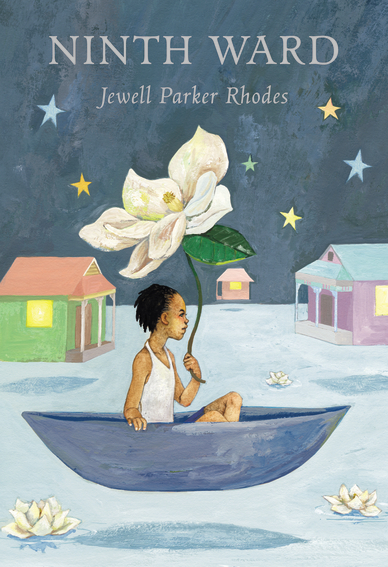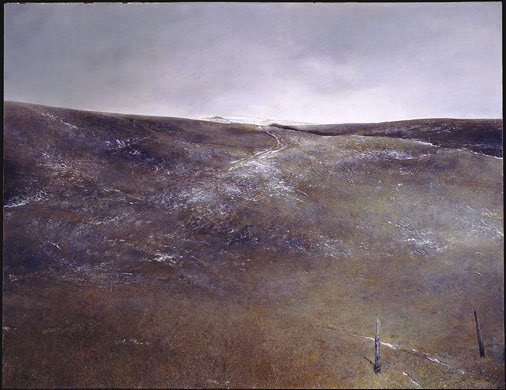 Ninth Ward by Jewell Parker Rhodes (Little, Brown, 2010) is dedicated to "all the children who experienced Hurricane Katrina and the levees breaking in New Orleans." Five years ago today.
Ninth Ward by Jewell Parker Rhodes (Little, Brown, 2010) is dedicated to "all the children who experienced Hurricane Katrina and the levees breaking in New Orleans." Five years ago today.
The book itself is a coming-of-age story, with realistic and fantastical elements in equal measure. Twelve-year-old narrator Lanesha and her Mama Ya-Ya can see ghosts, including the ghost of Lanesha's mother, who died birthing her. And Mama Ya-Ya can see the future. That future, of course, includes the hurricane and its aftermath--events that will test Lanesha and over which she must find a way to triumph.
Rhodes gives Lanesha a lovely voice, and for the first several chapters (the calm before the storm), all is well in the Ninth Ward. Lanesha is a bright girl who loves words and wants to be an engineer. She has a close, loving relationship with Mama Ya-Ya; a supportive teacher at her new middle school; a strong community of neighbors and shopkeepers and even, for the first time, friends her own age (Ginia and TaShon). I loved this part of the book and wanted it to go on, for Lanesha's sake, even though I knew full well the storm was coming.
When it does, Lanesha must cope with the realization that Mama Ya-Ya, already old, is losing strength as rapidly as the storm is gaining it. Now Lanesha has to rely on her own fortitude (one of her vocabulary words, meaning "strength to endure") to get herself and TaShon through the storm.
A note about the ghosts: Mama Ya-Ya, and especially Lanesha, see ghosts throughout the book. The ghosts are usually in the background, and I almost took their presence for granted (this is New Orleans, after all). Ninth Ward just doesn't feel like a ghost story or a fantasy novel. Maybe it's magical realism?
[See the author's website for resources related to Ninth Ward.]



